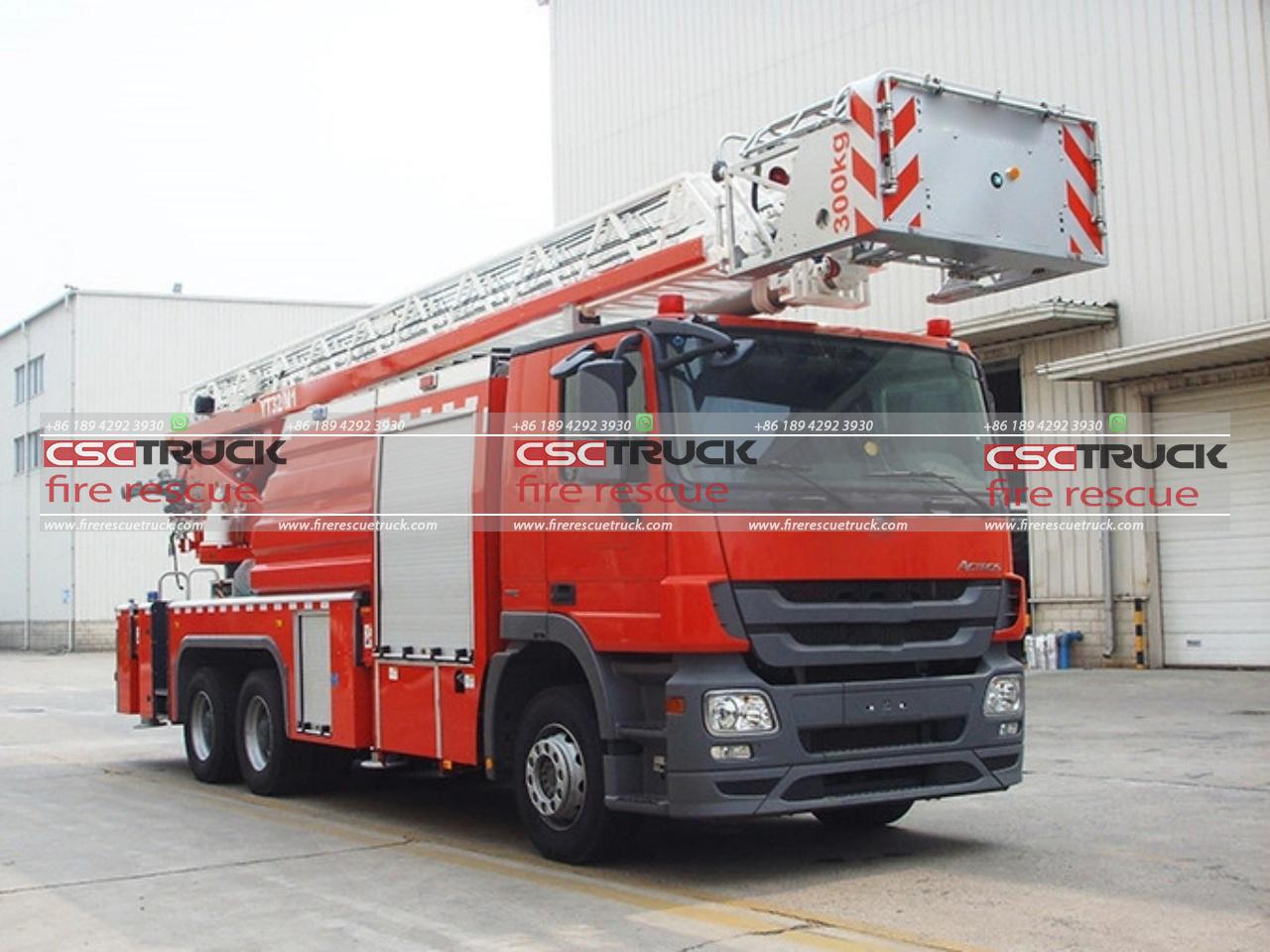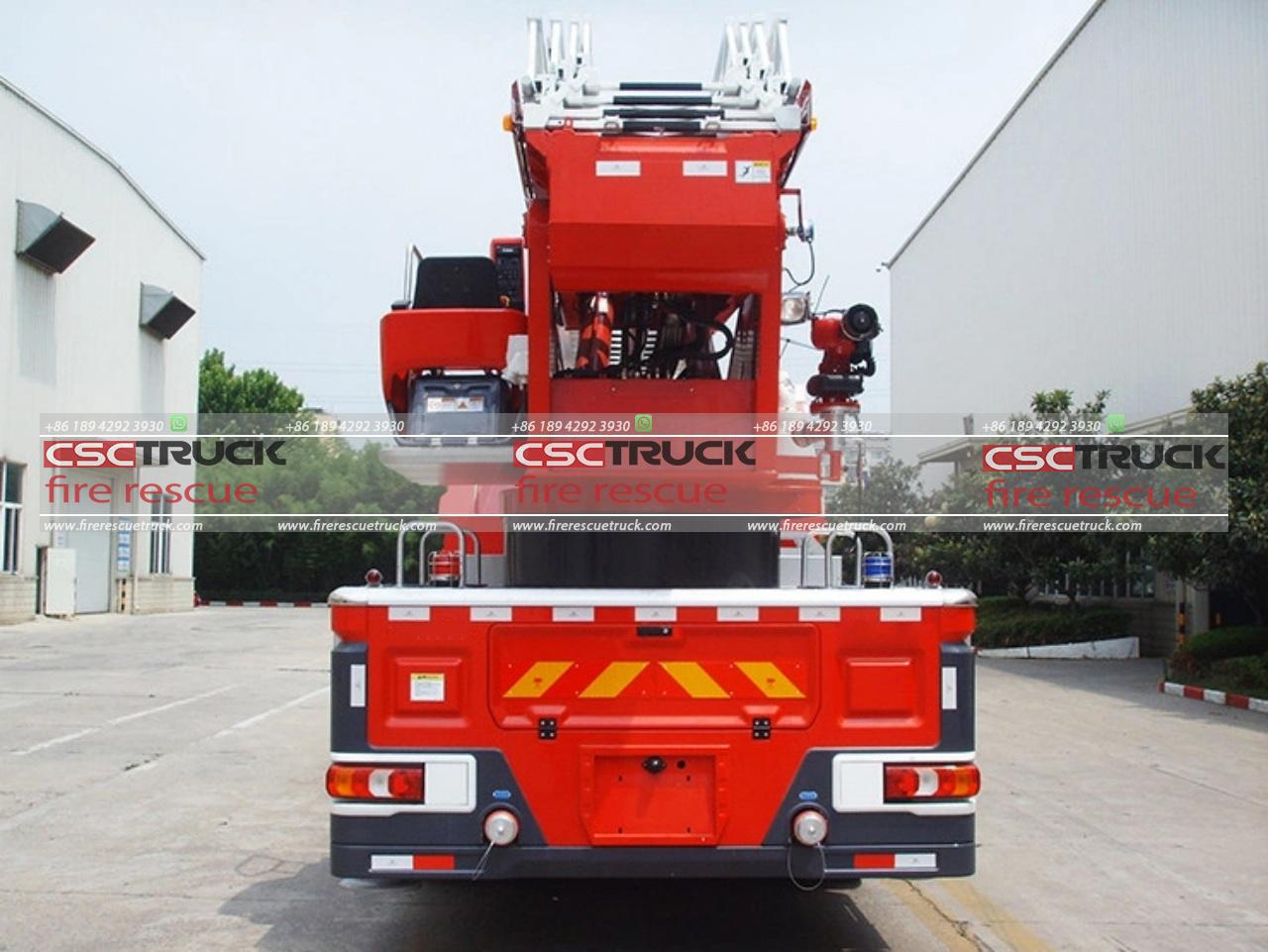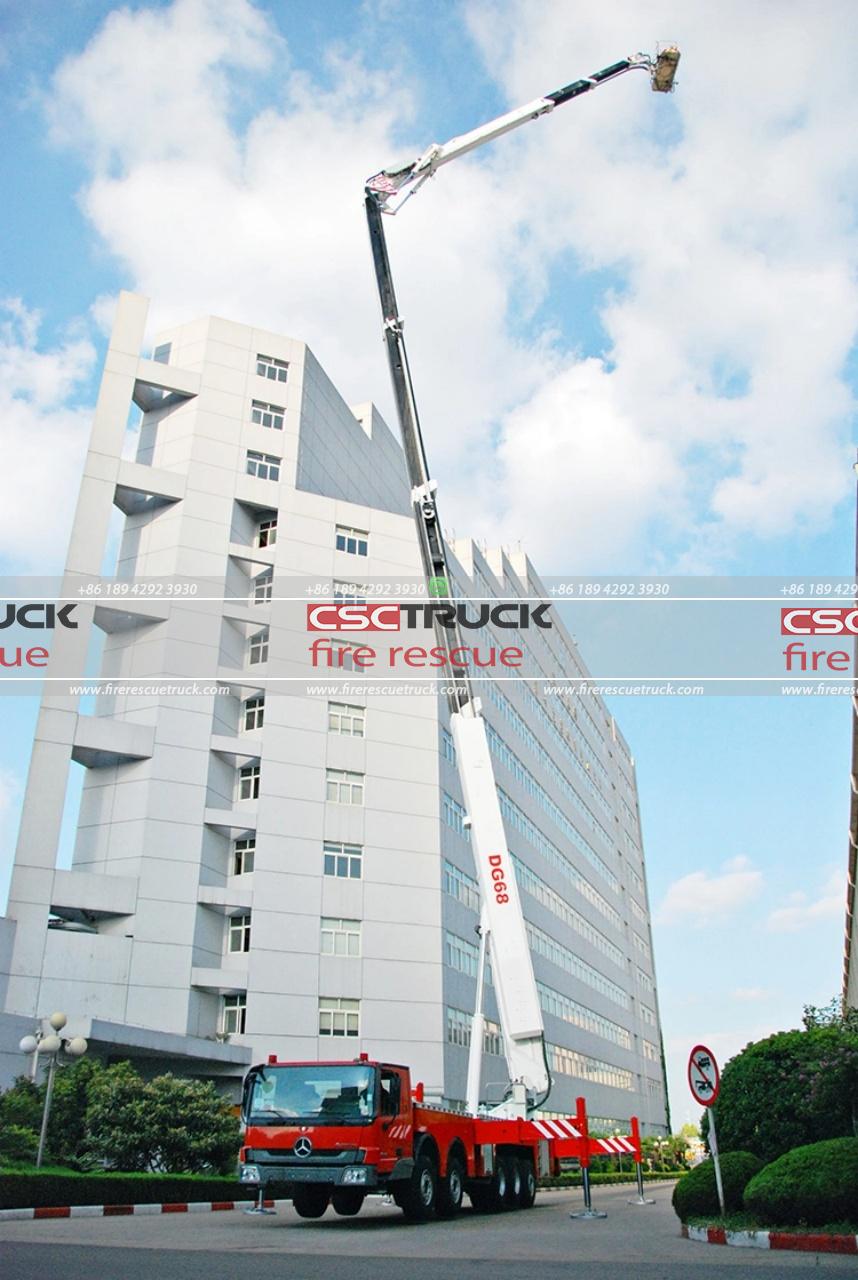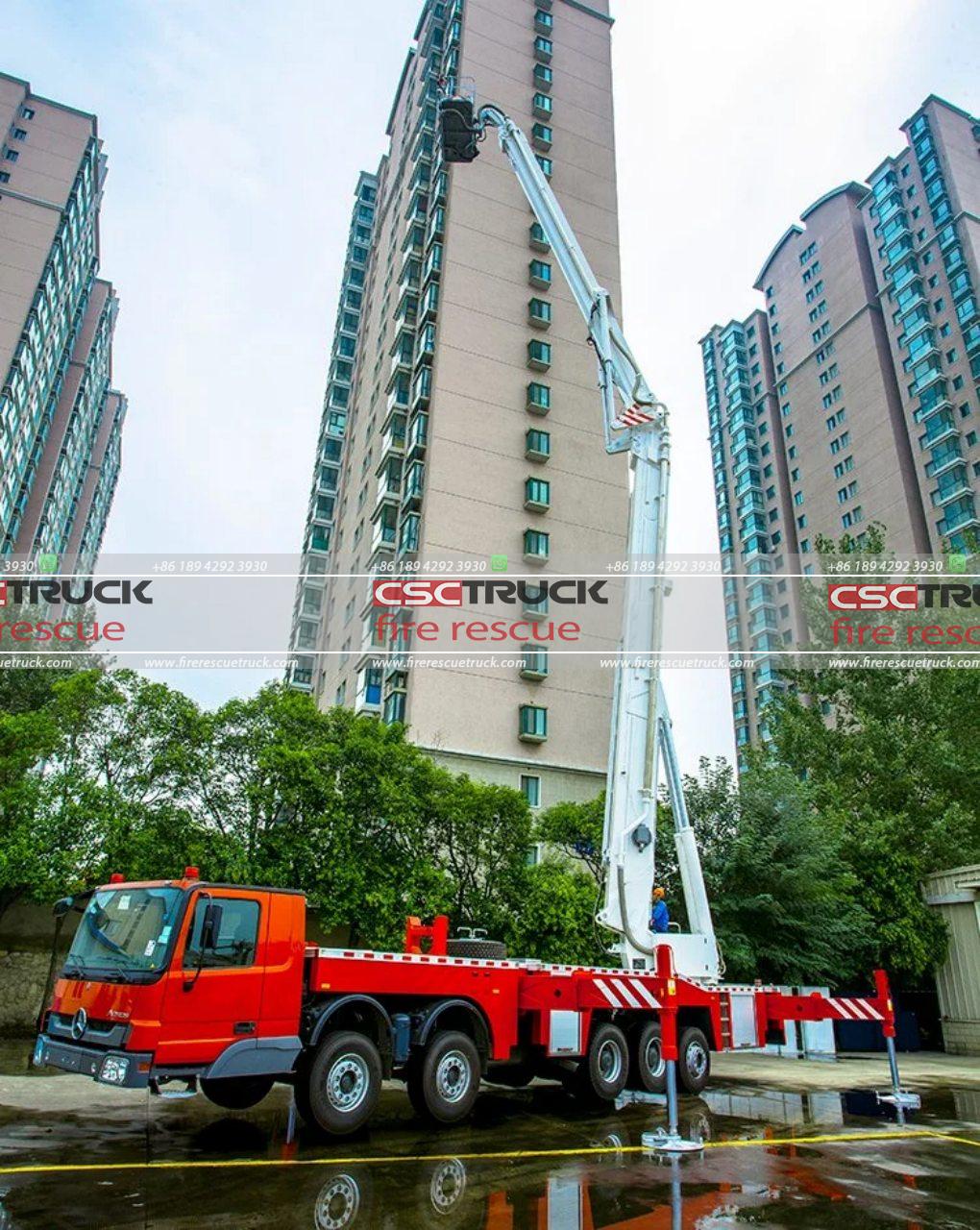In the world of emergency response and firefighting, efficiency and adaptability are paramount. The modern firefighting arsenal includes an array of specialized vehicles designed to tackle a variety of challenges, one of which is the cherry picker fire truck. Also known as an aerial ladder truck or a turntable ladder, this specialized apparatus plays a crucial role in reaching heights and accessing difficult-to-reach areas during firefighting and rescue operations. Let’s delve into the intricacies of what constitutes a cherry picker fire truck, its functions, and its significance in firefighting operations.

Origins and Evolution
The concept of using ladders to fight fires dates back centuries. However, the modern cherry picker fire truck evolved from the early hand-drawn ladder carriages and steam-powered fire engines of the 19th century. The need for taller and more versatile firefighting equipment became apparent as buildings grew taller, especially in urban environments.
The first motorized aerial ladder trucks appeared in the early 20th century, initially utilizing hydraulic lifts. Over time, advancements in technology led to the development of more sophisticated aerial platforms. Today, cherry picker fire trucks are equipped with hydraulic systems, extending ladders, and other features that enhance their firefighting capabilities.

Key Components and Features
A cherry picker fire truck typically consists of several key components:
1. Chassis: The chassis forms the foundation of the vehicle and provides mobility. It’s usually a heavy-duty truck chassis capable of supporting the weight of the ladder assembly and firefighting equipment.
2. Ladder Assembly: The most distinctive feature of a cherry picker fire truck is its extendable ladder, also known as the aerial ladder or boom. Modern ladders are typically made of lightweight but durable materials such as aluminum or fiberglass. These ladders can extend vertically to significant heights, often exceeding 100 feet, enabling firefighters to reach upper floors and rooftops.
3. Aerial Platform: Some cherry picker fire trucks are equipped with an aerial platform at the top of the ladder. This platform provides a stable working area for firefighters and can accommodate multiple personnel and equipment. Aerial platforms are particularly useful for rescue operations involving trapped individuals or for gaining access to elevated areas during firefighting efforts.
4. Hydraulic Systems: Hydraulic systems power the extension and articulation of the ladder assembly. These systems allow firefighters to control the movement of the ladder with precision, adjusting its height and angle as needed to reach specific locations.
5. Water Delivery System: Cherry picker fire trucks are equipped with water pumps, hoses, and nozzles to deliver firefighting agents to the desired location. Some models also feature built-in water tanks for onboard water supply, while others connect to external water sources such as fire hydrants.
6. Equipment Storage: Storage compartments located on the truck’s body or within the ladder assembly house firefighting tools, rescue gear, and other essential equipment. This ensures that firefighters have quick access to necessary resources during emergencies.

Functions and Applications
Cherry picker fire trucks serve a variety of functions in firefighting and rescue operations:
1. Vertical Rescue: The extendable ladder allows firefighters to perform vertical rescues, such as retrieving individuals stranded on the upper floors of buildings or trapped on rooftops.
2. Aerial Firefighting: Cherry picker fire trucks can deliver firefighting agents directly to the source of the fire, enabling firefighters to attack flames from above. This is particularly useful for extinguishing fires in tall buildings or structures with limited ground access.
3. Ventilation: Firefighters can use the elevated platform to perform ventilation operations, such as cutting holes in roofs to release smoke and heat from burning buildings. Improved ventilation helps enhance visibility and reduce the risk of flashovers.
4. Access and Egress: During firefighting efforts, cherry picker fire trucks provide firefighters with safe access and egress routes to and from elevated positions. This is crucial for maintaining firefighter safety and facilitating efficient operations.
5. Emergency Response: In addition to firefighting, cherry picker fire trucks are often deployed for other emergency response tasks, such as rescuing individuals from elevated platforms, performing high-angle rescues in mountainous terrain, or assisting with hazardous material incidents.

Significance in Firefighting Operations
The cherry picker fire truck plays a vital role in modern firefighting operations for several reasons:
1. Height Advantage: By providing access to elevated positions, cherry picker fire trucks give firefighters a significant height advantage, allowing them to effectively combat fires in tall buildings and structures.
2. Versatility: Cherry picker fire trucks are highly versatile and adaptable to various emergency scenarios. Their extendable ladders and aerial platforms enable firefighters to navigate challenging environments and perform a wide range of tasks.
3. Rapid Deployment: These specialized vehicles can be quickly deployed to emergency scenes, allowing firefighters to respond promptly and mitigate the spread of fires or conduct rescue operations promptly.
4. Enhanced Safety: The use of cherry picker fire trucks enhances firefighter safety by providing secure platforms for operations at height. This reduces the risk of falls and injuries associated with working on ladders or unstable surfaces.
5. Efficient Resource Utilization: By combining firefighting capabilities with vertical rescue and aerial access functionalities, cherry picker fire trucks streamline emergency response efforts and optimize resource utilization.
In conclusion, the cherry picker fire truck represents a cornerstone of modern firefighting technology, offering firefighters the ability to reach new heights and tackle challenges with precision and efficiency. As urban landscapes continue to evolve and structures become increasingly complex, these specialized vehicles will remain indispensable assets in the ongoing battle against fires and other emergencies, ensuring the safety and well-being of communities around the world.







